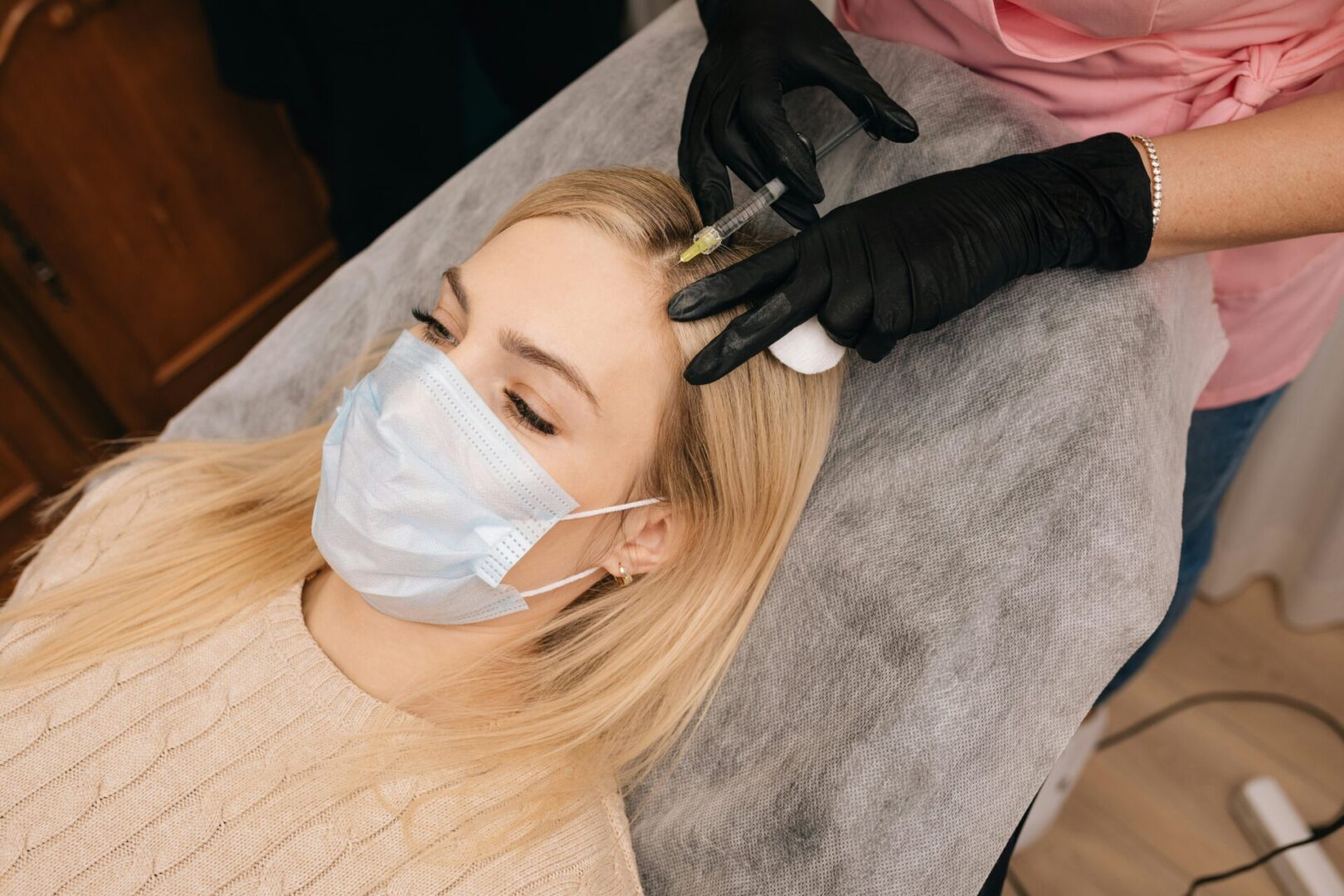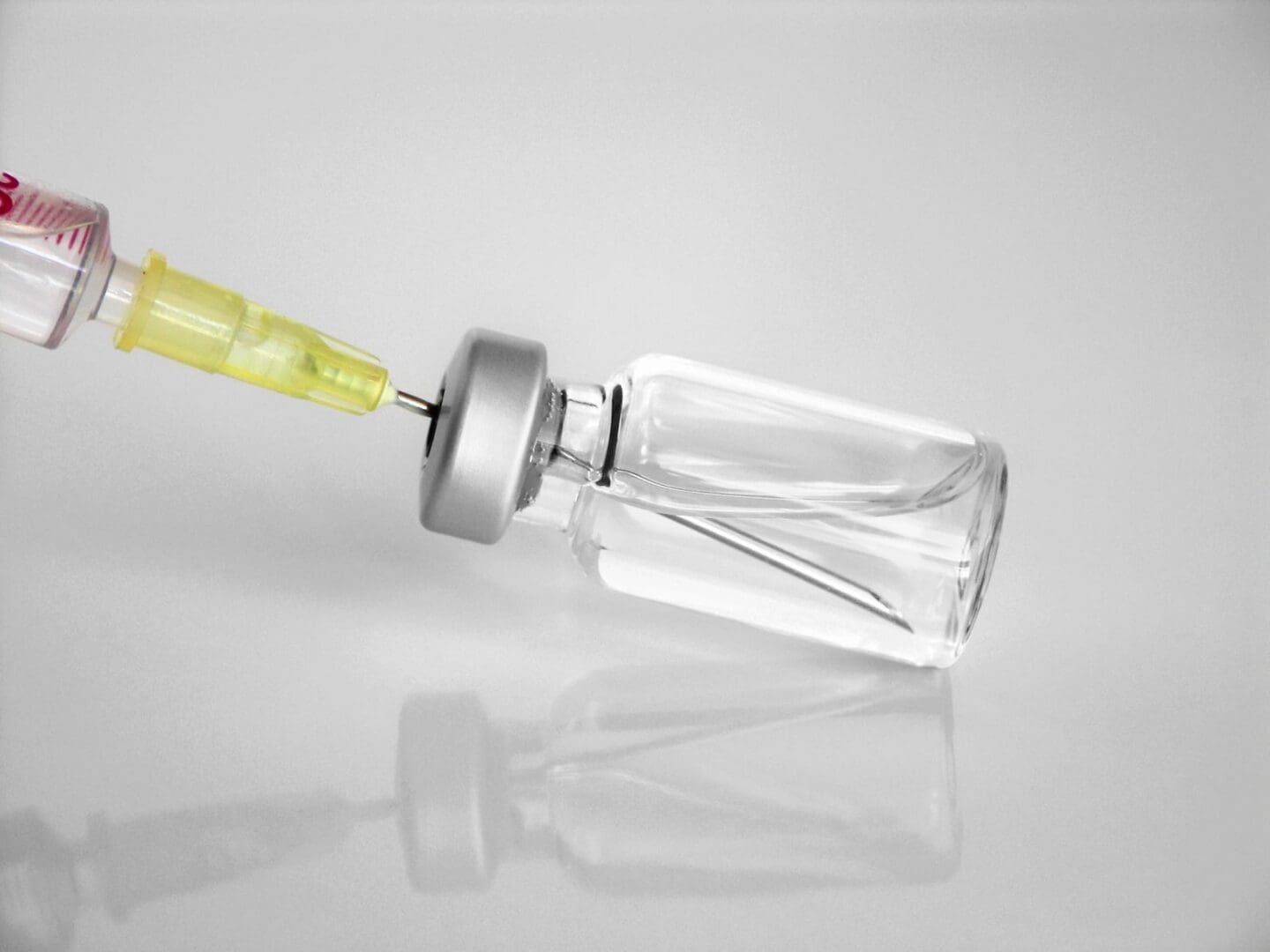
Platelet rich plasma (PRP) Therapy
Plasma is the liquid portion of whole blood. It is composed largely of water and proteins, and it provides a medium for red blood cells, white blood cells and platelets to circulate through the body. Platelets, also called thrombocytes, are blood cells that cause blood clots, as well as other necessary growth and healing functions.
Platelet-rich plasma (PRP) is produced from a person's own blood. It is a concentration of one type of blood cell (platelets), which is critical for blood clotting. This concentration is injected to an injured or diseased part of a person’s body to accelerate the healing of damaged tendons, ligaments, muscles, bones and joints. A key advantage of PRP
injections is that they can reduce the need for opioids, or even over-the-counter anti- inflammatory medication. In fact, use of anti-inflammatories should usually be ceased at the time of PRP treatment, because the platelet-rich plasma optimizes the initial inflammatory response involved with healing.
PRP injections are considered to be very safe. The substance injected is autologous, meaning it was obtained from the patient’s own body, eliminating the risk of blood or tissue borne pathogens. Assuming the procedure is carried out in an aseptic manner, there is little risk of infection from the injections themselves, although it is not possible to sterilize the surface of the scalp. Thus, local and temporary pain at the injection sites is the principal risk.
How are PRP injections performed?
PRP injections are prepared by taking anywhere from one to a few tubes of your own blood. It is then run ("spun down") in a centrifuge to separates the blood into its various components: red and white blood cells, plasma, platelets, etc. The platelets are collected and concentrated to anywhere from 2 to 8 times their normal number. The platelets are then mixed into a blood plasma liquid base and injected directly into the area of injury. Ultrasound imaging is sometimes used to guide the injection. Platelet-rich plasma injections can be used to treat such degenerative conditions as osteoarthritis, as well as tendon, ligament and muscle injuries. Some of the specific conditions that doctors use PRP injections to treat, or use as a supplement to another treatment, such as physical therapy, include the following:
Neck and back pain
Chronic ligament or tendon injuries
Golfer’s elbow and tennis elbow
Osteoarthritis of the hip, knee, or shoulder joints
Rotator cuff injuries
Injuries of the cartilage, ligaments and tendons
The activation of the concentrated platelets in platelet-rich plasma releases growth factors that stimulate and increase the number of reparative cells your body produces. This significantly enhances the body's natural healing process.


Learn more
Looking for more information on Platelet-Rich Plasma (PRP) Therapy?
Check out the following pages for more information on PRP Therapy for:
Contact Us for More Information
"*" indicates required fields

Contact Us for More Information
"*" indicates required fields
*Research for the different applications of PRP is promising and rapidly growing. Although the equipment used to produce PRP and the injections themselves have been cleared by the FDA, this procedure is considered investigational and has not been officially approved by the FDA for most uses. Since PRP is a substance derived from one’s own blood, it is not considered a drug. FDA clearance means that doctors can prescribe and administer PRP if they believe it’s in the best interest of the patient. However, lack of the FDA approval means that PRP treatments may not be covered by insurance.
